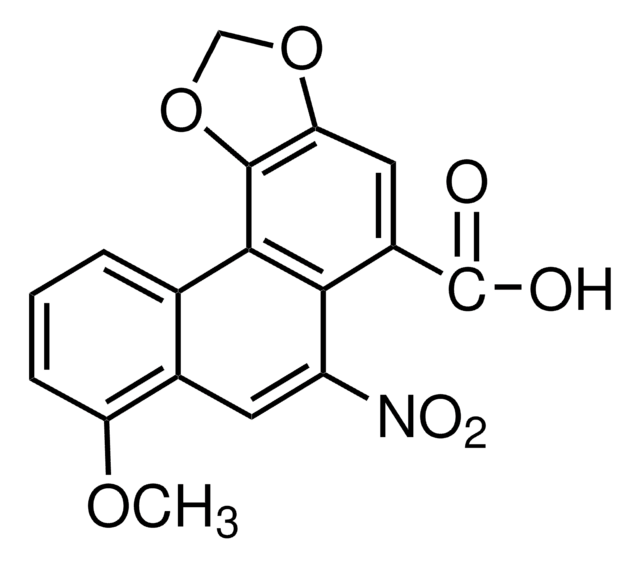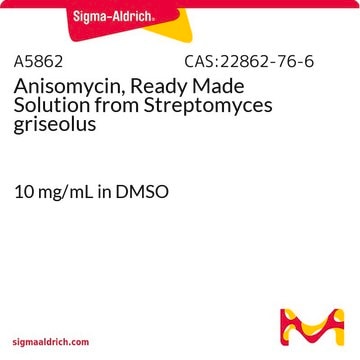B1552
Bromoenol lactone
≥98% (TLC)
Synonym(s):
BEL, E-6-(Bromoethylene)tetrahydro-3-(1-naphthyl)-2H-pyran-2-one
About This Item
Recommended Products
biological source
synthetic (organic)
Assay
≥98% (TLC)
form
powder
potency
636 nM Ki
solubility
DMSO: soluble (Dilute in aqueous medium immediately prior to use and store on ice for no more than 12 hours.)
degassed ethanol: soluble (Dilute in aqueous medium immediately prior to use and store on ice for no more than 12 hours.)
λmax
224 nm
storage temp.
−20°C
SMILES string
[H]\C(Br)=C1\CCC(C(=O)O1)c2cccc3ccccc23
InChI
1S/C16H13BrO2/c17-10-12-8-9-15(16(18)19-12)14-7-3-5-11-4-1-2-6-13(11)14/h1-7,10,15H,8-9H2/b12-10+
InChI key
BYUCSFWXCMTYOI-ZRDIBKRKSA-N
Biochem/physiol Actions
Storage Class Code
11 - Combustible Solids
WGK
WGK 3
Personal Protective Equipment
Certificates of Analysis (COA)
Search for Certificates of Analysis (COA) by entering the products Lot/Batch Number. Lot and Batch Numbers can be found on a product’s label following the words ‘Lot’ or ‘Batch’.
Already Own This Product?
Find documentation for the products that you have recently purchased in the Document Library.
Customers Also Viewed
Our team of scientists has experience in all areas of research including Life Science, Material Science, Chemical Synthesis, Chromatography, Analytical and many others.
Contact Technical Service










